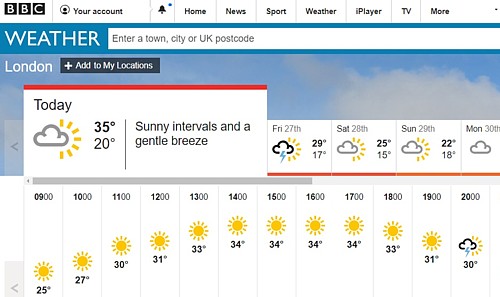For a while now, in among doing other stuff, I’ve been reading The Wealth Explosion by Stephen Davies. It’s very good. And, I just got emailed about an event at which Davies will be spaking about this book, at the IEA this coming Thursday. After I’ve been there and done that, I intend to do a posting about the book for Samizdata.
Meanwhile, and following on from this fascinating chunk about China, here’s another bit from this book, concerning food, and silver (pp. 133-134):
[T]he relative unimportance of trade with the New World for most of the Old World does not mean that the opening up of the Americas and of the long distance sea routes had no impact on the greater part of Eurasia. In two ways it had a great, though indirect effect. The first was through what is often called the ‘Colombian exchange’ in which all kinds of products and plants were brought from the New World and distributed around the Old, mainly by the Portuguese and the Dutch. As well as tobacco, we may also mention the potato, the sweet potato, the chilli pepper and the tomato – to give just four examples. These obviously had a major impact on diet and cuisine – it is now hard to imagine Italian cooking without the tomato or Indian without the chilli pepper (or indeed the tomato and the potato). Even more significant though was the way new food crops such as maize and the potato and sweet potato made it possible to support households on much smaller areas of land, so leading to both population growth and important changes in agricultural organisation in many parts of the world, from Ireland to Russia and Poland, to China.
The other principal impact was via the one product from the New World that the Old World had an inexhaustible demand for. This was silver. Before the sixteenth century the world’s major source of silver was Japan (which remained a significant source for a long time thereafter). In the sixteenth century, the Spanish discovered two enormous silver lodes, at Potosi in Bolivia in 1545 and at Zacatecas in Mexico in 1547. The result was a great flood of silver into the world trade system after 1550. This made it possible for the great Asian empires to create a uniform silver-based currency for their territories, particularly in the cases of the Ming and Mughal empires. The flow of silver around the world also lubricated trade and made whole economies much more liquid than had been the case before. One reason was that now trade was possible between parties where previously it had been difficult because one had nothing that the other wanted, except at a prohibitive rate of exchange. Everyone though would take silver, so now those parts of the world that ran a ‘deficit’ in primary products or manufactured goods with another part could make up the difference with silver.
This was less significant however than the basic fact of liquidity and the creation of a worldwide medium of exchange. Because silver was the monetary metal of China and India and the rest of the world wanted Chinese and Indian products, everyone would take silver. This meant that silver effectively became the world’s money and the basis for the first truly global monetary system, even if it only applied initially to long distance trade. The effect of money is of course to make trade much easier by removing the need for barter and working out through a complex exchange process the rate at which any two products will exchange (grain for porcelain for example). Instead, when the relative value of all products is expressed in terms of the rate at which they exchange for one single commodity (money), it becomes easy to exchange and trade goods by using the intermediate commodity of money. The costs of trade itself in terms of things such as the time taken to work out and make the trade (transaction costs) are hugely reduced, so again many trades become profitable when they were not before. This also generates money prices that send signals to alert entrepreneurs as to where there are shortages or mismatches of supply and demand.
So the principal impact that the European conquest of the Americas had on the rest of the world came about through the way it led to the appearance from the later sixteenth century onwards of a monetary system based on silver that made possible a much more integrated world trade system than had existed even under the Mongols. The date at which we can say that there was finally a truly global circuit of goods and money was 1571, the year when the first of the silver bearing Manila galleons sailed across the Pacific from Acapulco to the Philippines, so connecting the New World to the Asian markets and the products of China and East Asia.
I sort of knew about this already. But, because Davies explains things so clearly, now I know it better.
That bit is preceded by another bit about what the Old World gave to the New World. A lot of diseases, basically. That I definitely knew about.


